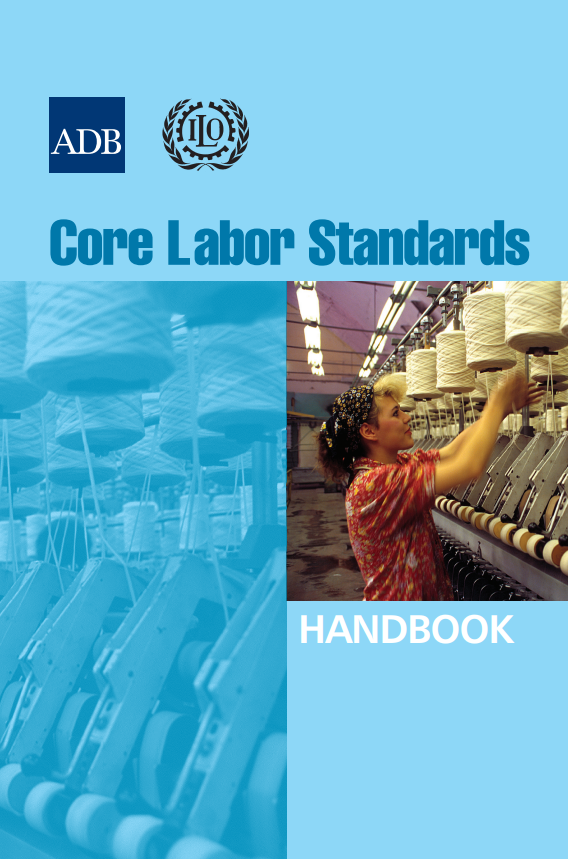Quality Standards & Guide for Legal Assistance for Children
GuidanceStandards & Codes of ConductDespite efforts to provide children in conflict with the law quality legal assistance, knowledge of children’s rights and child justice by lawyers can still be improved. The lack of interdisciplinary knowledge is still an important obstacle for la...Read More

